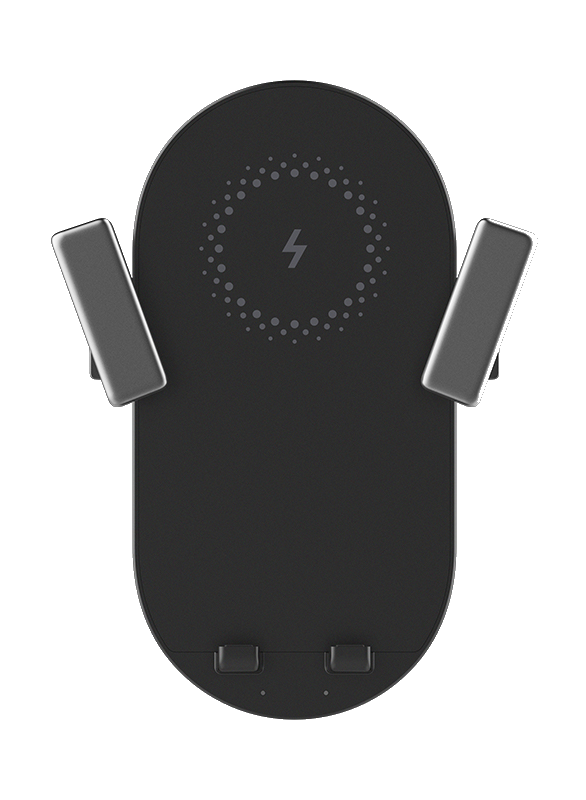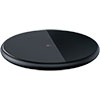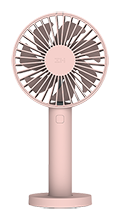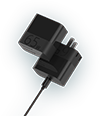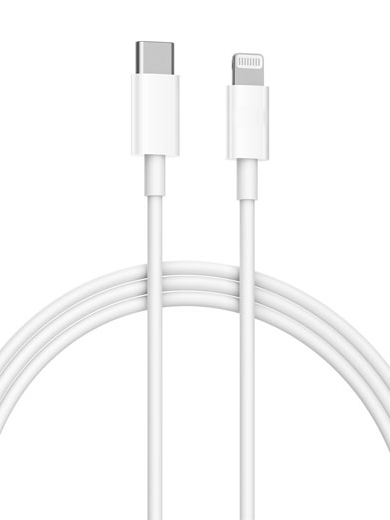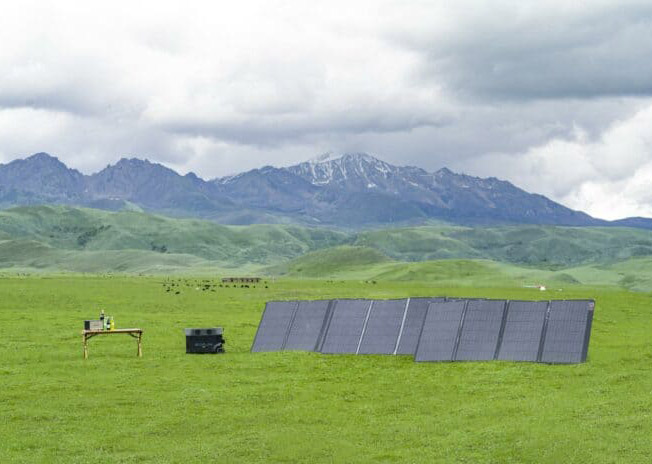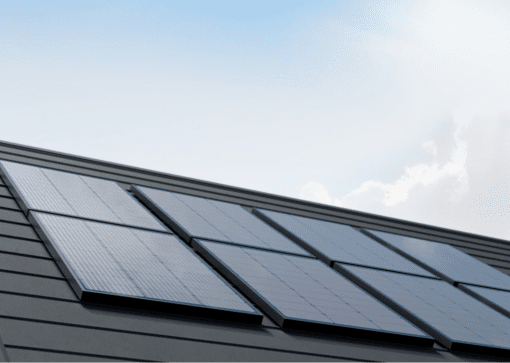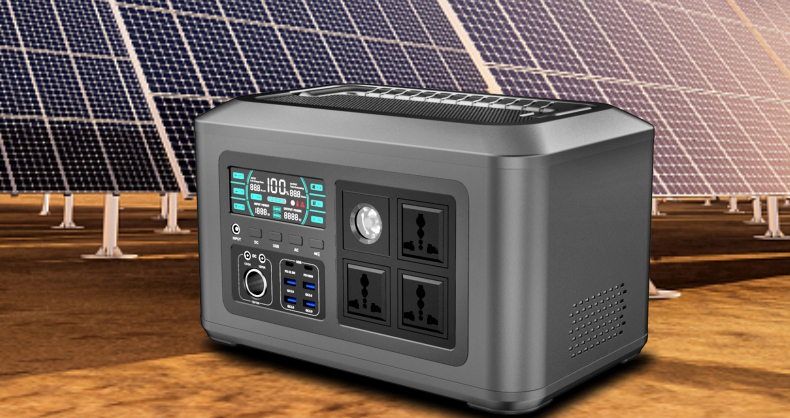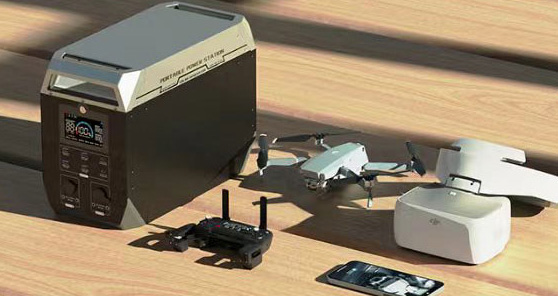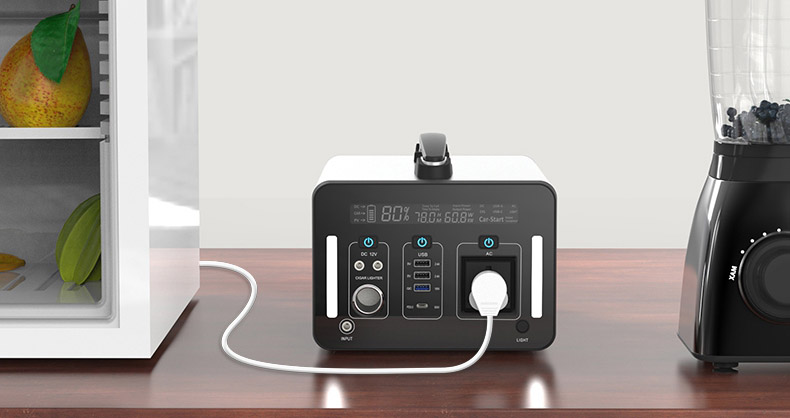An MPPT (maximum power point tracking) solar charge controller is a device that is used in a solar power system to optimize the charging of a battery from a photovoltaic (PV) panel. It works by continuously monitoring the voltage and current output of the PV panel and adjusting the electrical load to extract the maximum power possible.
Here's how it works:
-
The PV panel generates electricity when sunlight hits it. This electricity is in the form of direct current (DC) and has a certain voltage and current.
-
The MPPT solar charge controller is connected to the PV panel and the battery. It continuously monitors the voltage and current output of the PV panel and compares it to the voltage and current needs of the battery.
-
If the voltage and current output of the PV panel is higher than what the battery needs, the MPPT solar charge controller will adjust the electrical load to extract the maximum power possible. This is known as "maximum power point tracking."
-
The MPPT solar charge controller will then convert the DC electricity from the PV panel into the appropriate voltage and current needed by the battery, and charge the battery accordingly.
Overall, an MPPT solar charge controller helps to optimize the charging of a battery from a PV panel by constantly adjusting the electrical load to extract the maximum power possible. This can help to increase the efficiency of a solar power system and ensure that the battery is charged as effectively as possible.


